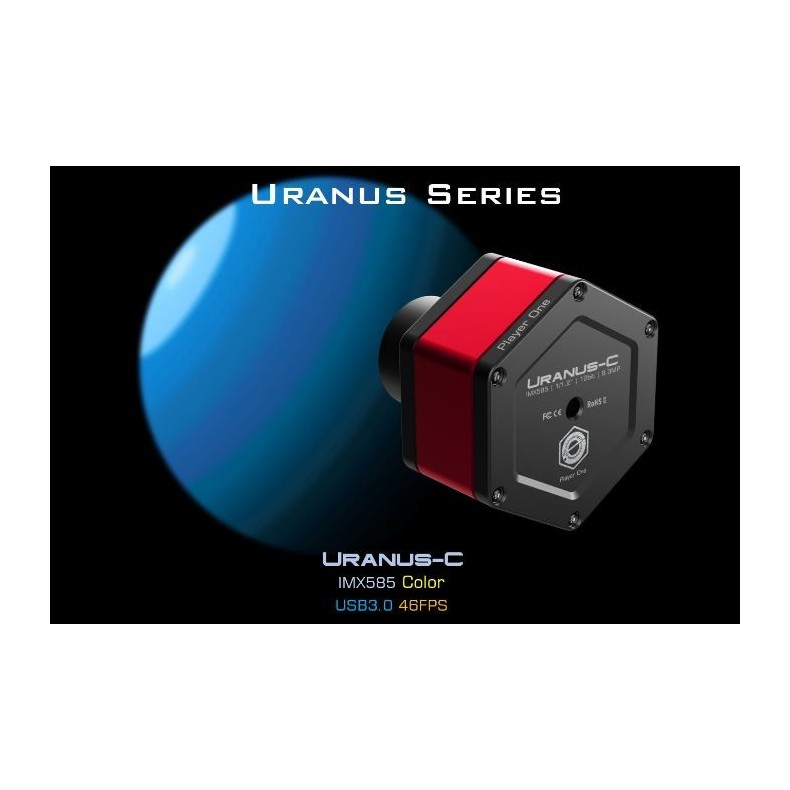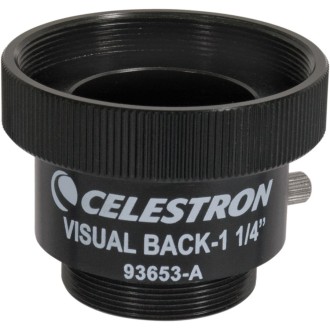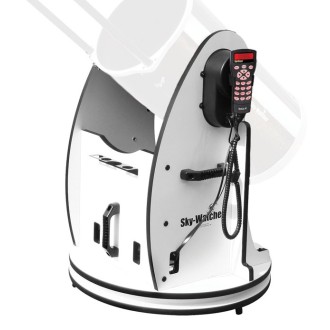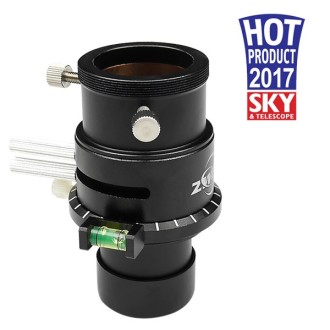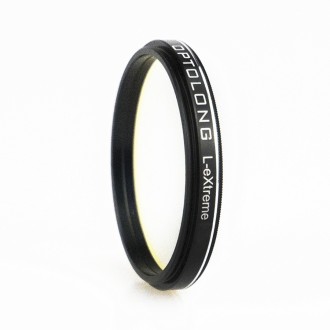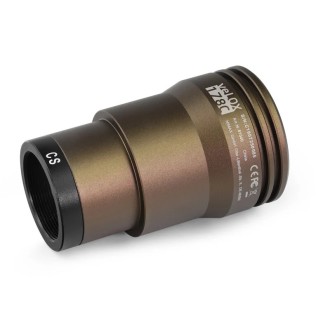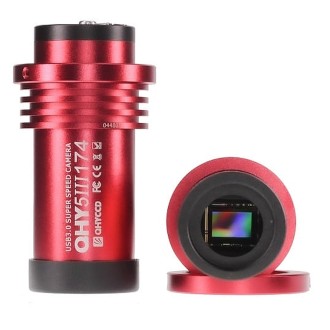Deliver it 8/15 days
Uranus-C USB3.0 Player One Color Planetary Camera (IMX585)
Buy it now and receive it between on Friday, 23 May and Friday, 30 May with Home delivery - International
Uranus-C USB3.0 Player One Color Planetary Camera (IMX585)
| Carrier | Description | Estimated Delivery | ||
|---|---|---|---|---|
 |
Home delivery - International | Home delivery - International |
Friday, 23 May - Friday, 30 May |
|

Home delivery - International
Home delivery - International
Estimated delivery:
Friday, 23 May - Friday, 30 May
Uranus-C USB3.0 Player One Color Planetary Camera (IMX585)
| Sensor |
New SONY IMX585 1/1.2" CMOS (color) |
|---|---|
| Diagonal |
12.85 mm |
| Total pixels |
8.3 megapixels |
| Maximum resolution |
3856×2180 |
| Pixel size |
2.9 μm |
| Chip size |
11.2 mm × 6.3 mm |
| Frames per second |
47FPS (10 bits) |
| Bayer Matrix |
RGB |
| Shutter |
Shutter |
| Exposure range |
32μs-2000s |
| Reading noise |
6.5-0.7e |
| Peak QE |
≈91% |
| Completed |
38.8ke |
| ADC |
12 bits |
| Data port |
USB3.0/USB2.0 |
| Adapter |
1.25″ / M42X0.75 |
| Rear focal length |
12.5 mm |
| Protective window |
D32*2MM High quality AR Plus (Anti-reflection) Multilayer coating |
| Diameter |
66 mm |
| Weight |
160g |
| Resolution and FPS |
Under USB3.0 mode |

Tulip, Luke, RASA8 camera + Uranus-C
Uranus-C and Mars-C II are not only for planetary imaging, but are also very powerful for EAA and Lucky imaging!

Uranus-C is a camera (IMX585) developed by Player One Astronomy, which adopts the newcolor sensor offormatSony IMX5851/1.2 ".The2.9um pixel sizeSupports a well depth of38.8KeWith a total of8.3MP(the resolution is 3856*2180)yThe diagonal isof 12.85 mm.

Uranus-C (IMX585) and Mars-C II (IMX662) based onthe latest STARVIS 2 technology from SonyIs a back-illuminated pixel technology used in CMOS image sensors.

Uranus-C (IMX585) has a 1/1.2″ format, this size is quite large for images.


Uranus-C (IMX585) has 38.8Ke very well, it is almost 3 times more than IMX485 (13Ke).


The biggest surprise of the Uranus-C (IMX585) camera is that its dark frame is totally "dark", no matter how much we strengthen the curve, there is no AMP brightness at all!
300 s dark frame of the Uranus-C camera (resize to 50%):

Non-Amp-Glow can give us a very clean background, much easier to obtain high quality images.
ACS (Active Cooling System)Is an external air-cooling system designed for large-format solar and planetary chambers already equipped with PCS (Passive Cooling System).
ACS can provide much better temperature control.When the chamber has PCS + ACS, the temperature is only 7 ℃ higher than the ambient temperature, the chamber body is a little hot but it won't!
ACS can not only be used in daylight for solar imaging, but can also be used at night for lucky DSO imaging.
https://player-one-astronomy.com/product/active-cooling-system-acs-for-uncooled-cameras/


Pelican Nebula, photo by Luke Newbould
RASA8 telescope + Uranus-C camera (IMX585), IDAS filter nbz uhc
2min*81 , gain=200, offset=10

Cocoon Nebula, photo by Luke Newbould
RASA8 telescope + Uranus-C camera (IMX585)

M27 LinQisheng and LaoWan TAKAHASHI TM200+Urano-C



